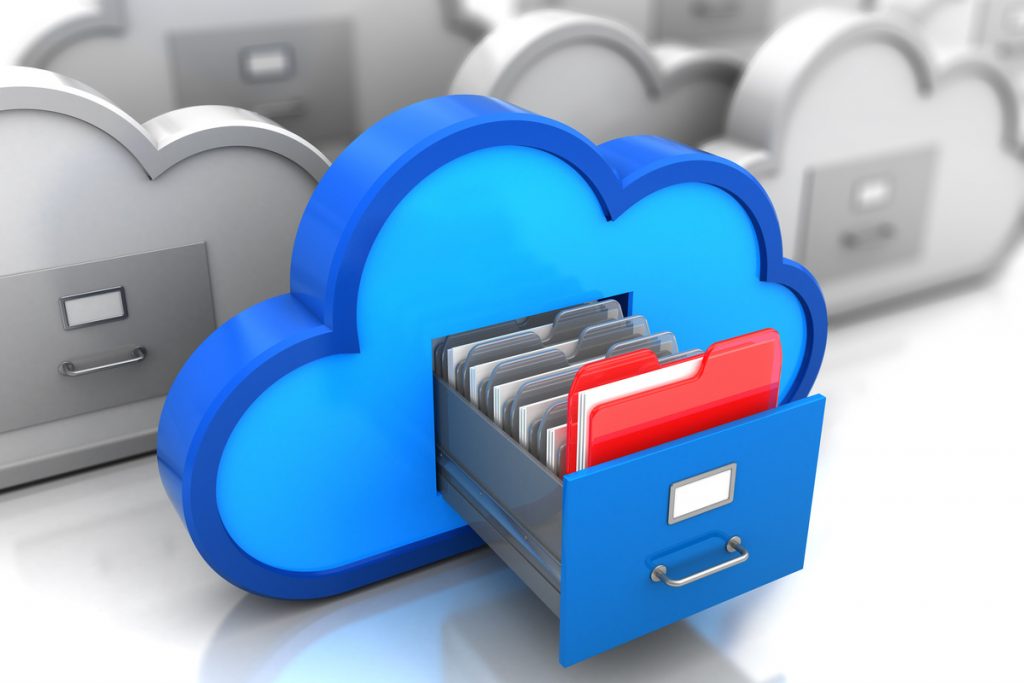
Backups are essential. We cannot stress this enough. As we use our devices to run our lives more and more, protecting the data on them is more important than ever. We deal with customers all the time who lost all their data because they don’t have backups. In today’s post, we cover the different ways to back up your device.
Where To Start?
Before we get into how to backup your data, we need to start with what you should back up. The first thing to back up is your personal data. While you can backup your operating system or programs, these could be reinstalled in the event something went wrong. However, your personal data is irreplaceable. To that end, consider your documents, photos, videos, things you’ve created (photoshop, etc.), and anything else you wouldn’t want to lose in the event something happened to the computer.
As mentioned earlier, backing up your operating system and programs is also an option. This method will save you time and a headache in the event of a complete system failure. Full system backups are also good if you alter the system files or registry, and something goes wrong.
Backup Options
There are several different options to backup your data. Some may work better for your situation than others, so evaluate your options before selecting which method to use.
External Drives
External drives and, in some cases, flash drives are a quick way to back your data up to a secondary device. Both Windows and Mac operating systems have back up utilities. Windows 10 uses File History, and Mac uses Time Machine. Both have settings where if you leave the drive plugged into the computer, backups will happen automatically. Pro: Easy, fast, cheap way to back up your data. Con: If your house is damaged or robbed, chances are the backup, and the computer will be lost.
Internet Backups
Choosing an online service to handle your backups is a great way to have a copy of your data that is safe, regardless of what happens at your computer. Popular backup services include Backblaze or Carbonite. These programs install on your device and backup your data in the background. Pros: Offsite data backups protect you against any natural disaster or robbery. Cons: These services usually cost money, restoration of data can take a long time and can slow your computer if a big backup is taking place.
Cloud Storage Options
This technically is not a backup in the sense of the options mentioned earlier. However, these will serve the purpose of a majority of users who just want to have copies of their data. These include Dropbox, Google Drive, Microsoft OneDrive, and others. They sync your data across any device that has your account installed. These backups will happen automatically, as long as the account is configured correctly. Pros: Backups are easy to complete and maintain, protect data regardless of what happens to your device, accessible anywhere with an Internet connection. Cons: These services have free trials but cost money for large amounts of data, not an ideal method depending on the file type.
Multiple Backups!
Ideally, you should have a combination of the methods mentioned. Local backups (external) and offsite backups (cloud) are important. Local backups are faster and act as the first line of defense in the event of data loss. In addition, you don’t need an Internet connection to access your information. The main downside to local backups is they are going to be near your computer. If your home gets flooded or burned down, your computer and external drives will be destroyed. Offsite Backups are advantageous because they are protected from anything that happens locally. You don’t need to worry about external drives failing or a natural disaster.
If you found this article interesting or helpful, check out our other posts!
